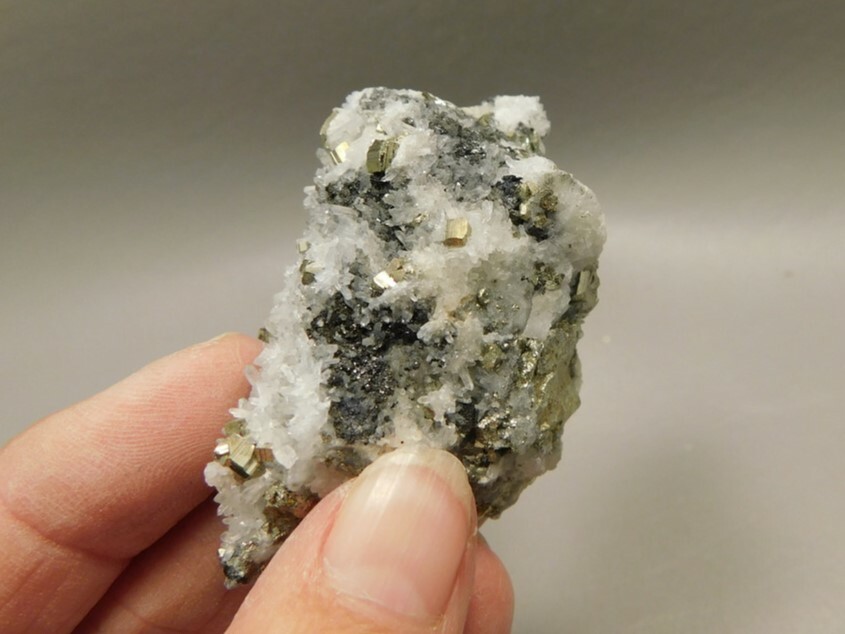Missouri Rock and Minerals
Missouri's major mineral resources include lead ore, iron ore, zinc, barite, and limestone.
Galena was named the official state mineral of Missouri in 1967. Galena is a major source of lead ore. Lead mining began in the 1720s in Madison County. The state is the leading extractor of lead in the U.S., both from galena and sphalerite. Missouri’s Doe Run Mines and nearby Buick Mine comprise the second-largest lead mining district in the world. In southwest Missouri, galena mining flourished in the Joplin-Granby area in Southwest Missouri, which is part of the Tri-State Mining District, and in Crawford, Washington, Iron and Reynolds Counties. These areas were mined significantly before World War II, with new deposits found since then in the mineral-rich zone known as the Viburnum Trend (or the New Lead Belt) in southeastern Missouri.
Missouri north of the Missouri River is, like most of Illinois and Iowa, a fertile plain formed by glacial action and underlain by sedimentary rocks. South Missouri, however, contains not only an area of rolling plains to the west, as in Arkansas, but also the Ozark Highway which becomes gradually rougher as it sweeps from southern Illinois southwestward into Arkansas and Oklahoma. These peaks and valleys expose not only sedimentary rocks but also granites.
Barite is also found in the lead deposits of Washington County. Calcite can be found at the lead-zinc mines located in Southern Missouri and Grindstone Creek too.
In 1967 Missouri named Mozarkite as the official state rock. Mozarkite is a type of chert. The name is derived from Mo (Missouri), zark (Ozarks), and ite (meaning rock). Chert is a type of chalcedony. Mozarkite has a unique variation of colors of red, pink, and purple with varying tints of green, gray and brown. It is found primarily in west-central Missouri, south of the Missouri River, and west of the Lake of the Ozarks. Mozarkite is found in boulders in the soil on hill slopes, along ditches, and in roadcuts where the boulders are exposed in the soil formed by weathering of the dolomite.
Most of the rocks exposed in Missouri are sedimentary rocks that were formed on the floors of ancient oceans that once covered almost the entire state. Metamorphic rocks do not occur in Missouri, but glacial activity deposited metamorphic rocks from Minnesota, Wisconsin, Michigan, South Dakota and Canada in northern Missouri. Quartzite is a common metamorphic glacial deposited rock found in Missouri. Granite and rhyolite are igneous rocks, which are common in the St. Francois Mountains of southeast Missouri.
If you love geodes, you can find them at the Sheffler Rock Shop and Geode Mine, located in the northernmost corner of eastern Missouri, at junction of 61 and 27, 6 miles west of Alexandria or 2 miles south of Wayland, Alexandria. Here you can Pay to Dig for beautiful crystal filled geodes.
 US Dollar
US Dollar
 Australian Dollar
Australian Dollar
 Euro
Euro
 CAD
CAD

